22 Feb2018
Walking tour of Sibiu Romania
Nowadays, Sibiu is a city in Transylvania, Romania with a population of 150,000 inhabitants. But how did the city look like in the past? Who were the first settlers? How did the city develop into what we can see in the present? I took a walking tour of Sibiu Romania to find it all out. Hopefully the knowledge I gained and share in this article will inspire you to visit the colorful city of Sibiu, too.
From 1190 to 1192 most of Transylvanian Saxon colonists came to this area. They tried to spread Catholicism but didn’t work out very well. Saxons were mostly craftsmen and would allow Romanians to enter the city only for a short time in the morning to trade things and food.
Then Hungarians came to the area so together with Saxons and Romanians it was 3 groups of people living in Sibiu. Throughout the history, also Greeks, Jewish people and Rroma settled around. Sibiu thus turned into a very multicultural place tolerating many different ethnic groups and religions (Protestants, Catholic, Orthodox, Jewish to name a few).
Walking tour of Sibiu Romania
We started our walking tour of Sibiu by the only Medieval part of Sibiu from the 16th century. Sibiu has only 7 towers left out of the original 39 towers. The rest of them were destroyed and from that material they would build houses. We can notice that the towers looked different because of different guilds.
The biggest yellow and white building is Philharmonic, the cultural hub of the city and one of the most important attractions. We can find also a famous Theatre in the city.
Strolling around, we spotted some completely restored houses and some not restored yet. I was told it’s difficult to restore all the buildings as some elder people have no money to invest in restoration or they feel they don’t need to restore their houses for the last years of their life.
When walking around the main Grand Square Cazare Piata Mare, please look up. All the roofs have small windows for light and ventilation as they used to serve for storing things. Some of those windows look like eyes and are called ”city’s eyes”. Most of them date back to 15th to 19th century. In 1801 and 1802 this kind of architecture was prohibited but some eye windows still remain there. The eyes are watching you, remember ?
The Brukenthal National Museum belonged to the Governor Brukenthal who built it in late Baroque style influenced by Vienna. He collected 6 million pieces of work during his life but many of them disappeared in the Communist era. It is said that after the British Museum and Louvre, the Brukenthal National Museum was the third museum to open in Europe.
The horse-shoe shaped Town Hall is the building where we can find the Mayor office and tourist info centre. Even if you don’t need any tourist info, I still recommend you to go check out the inner decorations. The Town Hall was built in Art Noveau with some Baroque elements added later. You will love it, trust me. So magnificent!
During our walking tour of Sibiu we also entered the Roman Catholic church on the main square. The church still has weekend services in Romanian, Hungarian and German. Remember to check 2 eyes painted inside the church. What’s interesting is that this big church is a Roman Catholic church, but located in the middle of the Orthodox city. Yes, more than 90% of current Sibiu inhabitants are Eastern Orthodox.
If you would like to get a view of the city, then go up to the Council tower. That’s also what we did on our walking tour. The building next to the tower was the first council in the past, hence the present name of the tower. The shape of the top tower is due to the earthquake of the 19th century. You can get the view of the whole Sibiu from up there, but it’s not possible to open the windows so on a sunny day you might get reflection on the windows. Not so easy to take photos, yet still worth it.
Then we walked to the Lesser Square where tradesmen used to live. That’s why there are some archs and small stores on the main floor. In the past, butchers were very important as meat was the basic food. Now there is The House of the Arts museum at the former Butcher’s house.
Our guide also pointed out to the beautifully restored Casa Luxembourg built in Gothic and Baroque styles. It’s called Luxembourg House because most Saxons came to Sibiu from Luxembourg, and not from Germany. Also their language resembles more of Luxembourgish than German.
Saxons built the first church there in the 12th century. In the beginning, it was Roman Catholic but it was abandonded soon. Then a new church was built in the same place in the 14th century. Not Catholic, but Protestant and up to date it remains the same. The Lutheran Cathedral in Sibiu is the second biggest church in Romania, after the Black church in Brasov. The massive cathedral stands out thanks to its 73.34 m tall 7 level tower which makes it the tallest in Transylvania. The tower has 4 turrents in the corners which was showing tourists that the judge of Sibiu city had a right to sentence to death. For a fee it’s possible to walk 300 stairs up to the tower to get even a better view of Sibiu than the one from the Council tower. However, I did not have time left for that.
Other interesting fact about the Lutheran Cathedral is that inside the church we can find 67 tomb stones. Just one Romanian person is buried there – Mihnea.
Mihnea the Evil was the son of the famous Vlad the Impaler (Dracula’s son) who was killed by a Serbian when leaving church after a mass. His tomb stone has a half Moon sign on it so it’s easy to recognize. All the other people buried in the church are Saxons. Inside the church we can also find an organ with 600 pipes. The Protestant Lutheran church is one of the biggest Gothic buildings in Romania and its the main landmark of Sibiu.
Some facts about Sibiu Romania
-
Sibiu was the capital of Transylvania.
-
The first beer factory in Romania opened there in 1717.
-
One of the top 10 Christmas markets in Europe takes place in Sibiu.
-
There’s still a German community living in Sibiu. They have a weekly newspaper and organize reunions.
-
The last statistics said 150,000 inhabitants live in Sibiu but it can be up to 180,000. There’s just this Filharmonic and a Theatre as cultural buildings.
-
The unemployment is max 2% in winter, and in summer even less.
-
Textile and car industry are very important.
-
There’s a Wall of Fame with names of the famous theatre. Every year new stars are put on the pavement. This is another proof of important cultural activities in Sibiu.
-
The biggest Belgian gallery outside of Belgium and Holland is situated in Sibiu.
-
In 2007 when Sibiu was the capital of culture, 1 million tourists came for a visit.
-
There’s quite a few earthquakes in the area but usually very small ones. The last big earthquake affected Sibiu in 1977.
-
Every August a big Medieval festival is organized in Sibiu.
Did you know?
Saxons had to leave Transylvania in four different stages:1. forced to fight in the World Wars2. some of them were taken to Siberia to work like animals3. some were sold by Caucesu in the 1970 and 1980’s (Germany had to buy them)4. and then some of them started to leave to Germany after the fall of Communism.
PS: And if you are looking for a good restaurant in Sibiu, I recommend Monsieur Joben restaurant at the main square with an award winning chef.
TIP: Have a look at other photos I took in Sibiu. Such a lovely colorful town!
***Huge thanks goes to Experience Romania for organizing my 2-week trip around Romania. I am so grateful for their effort and I was really happy to explore both well-known attractions and hidden gems of the country with them.
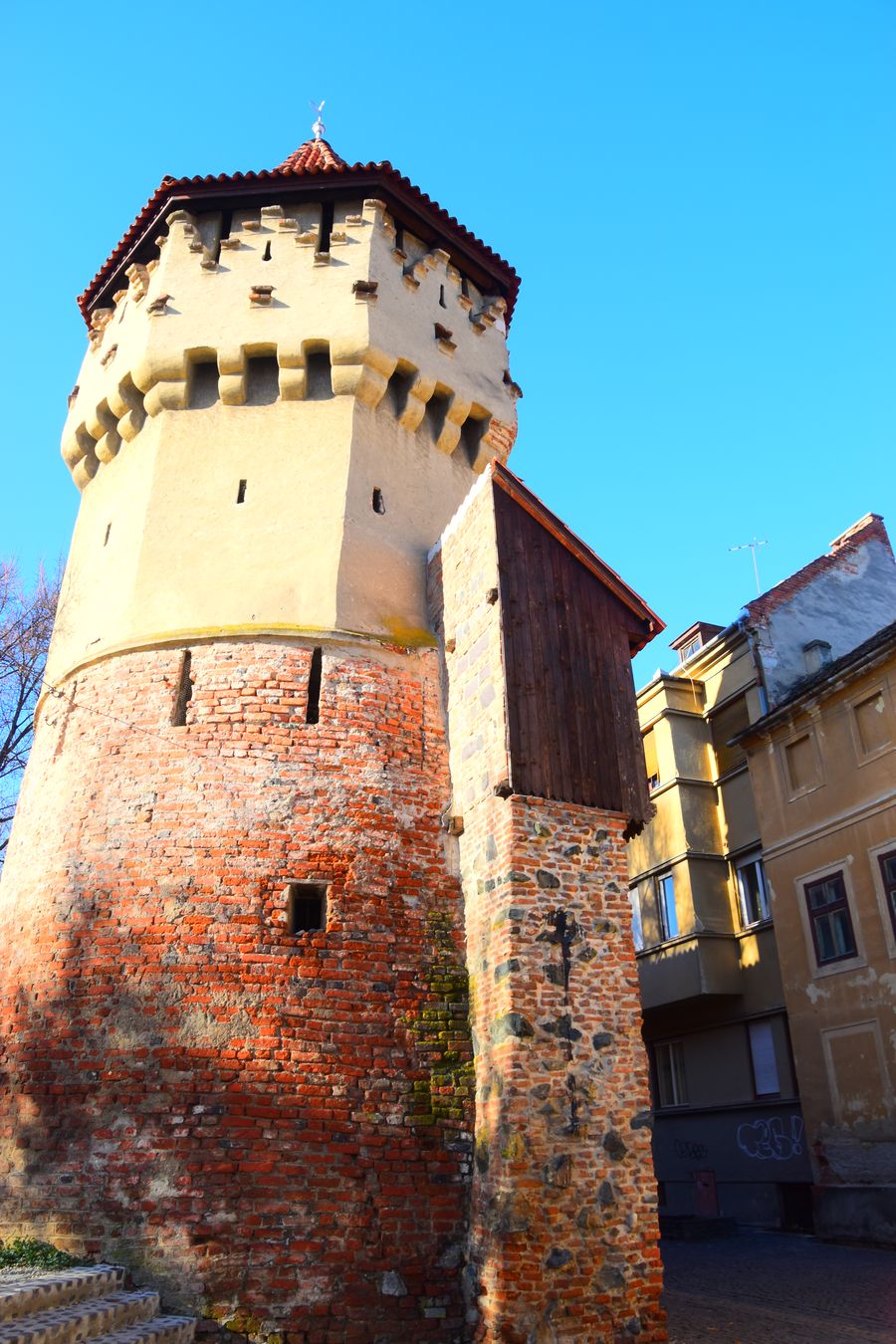
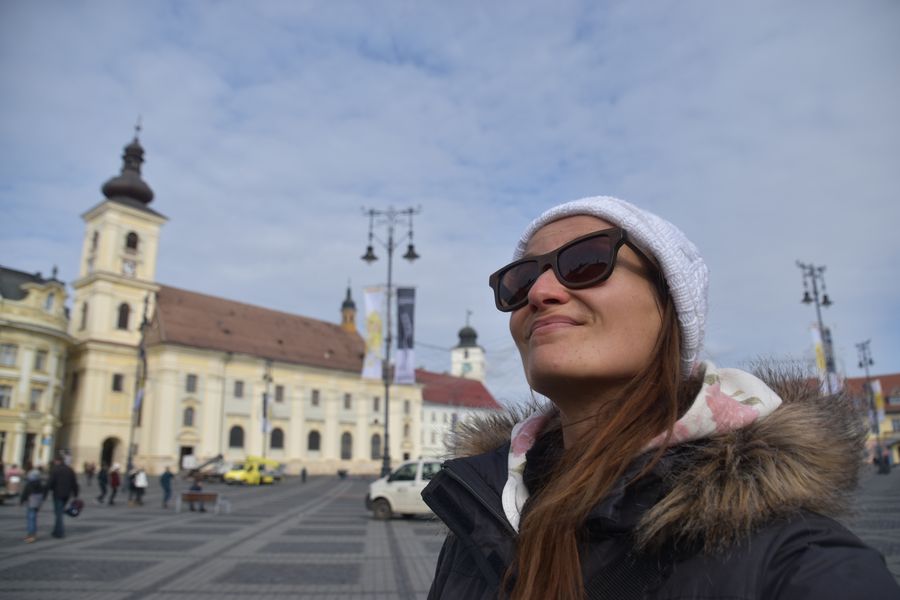

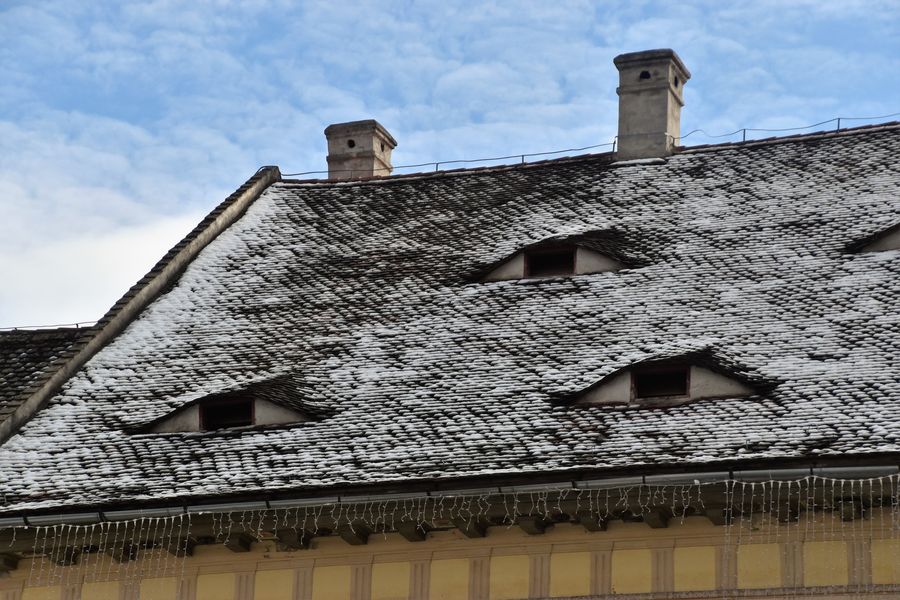
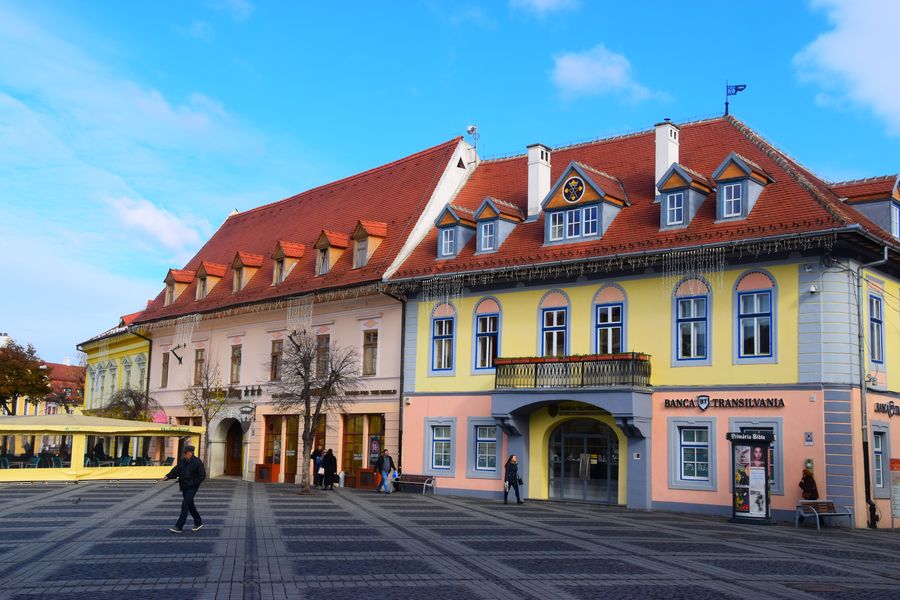
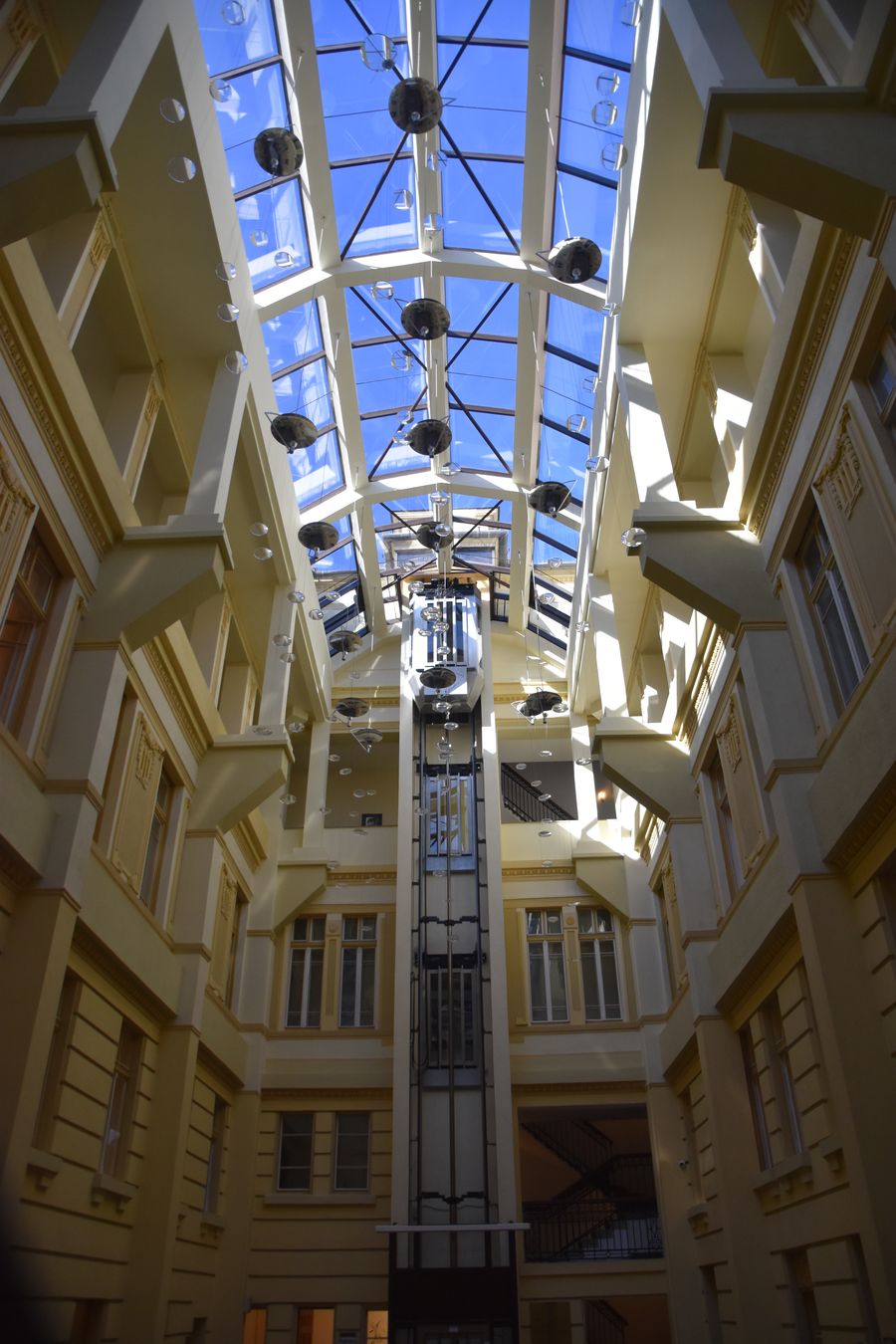
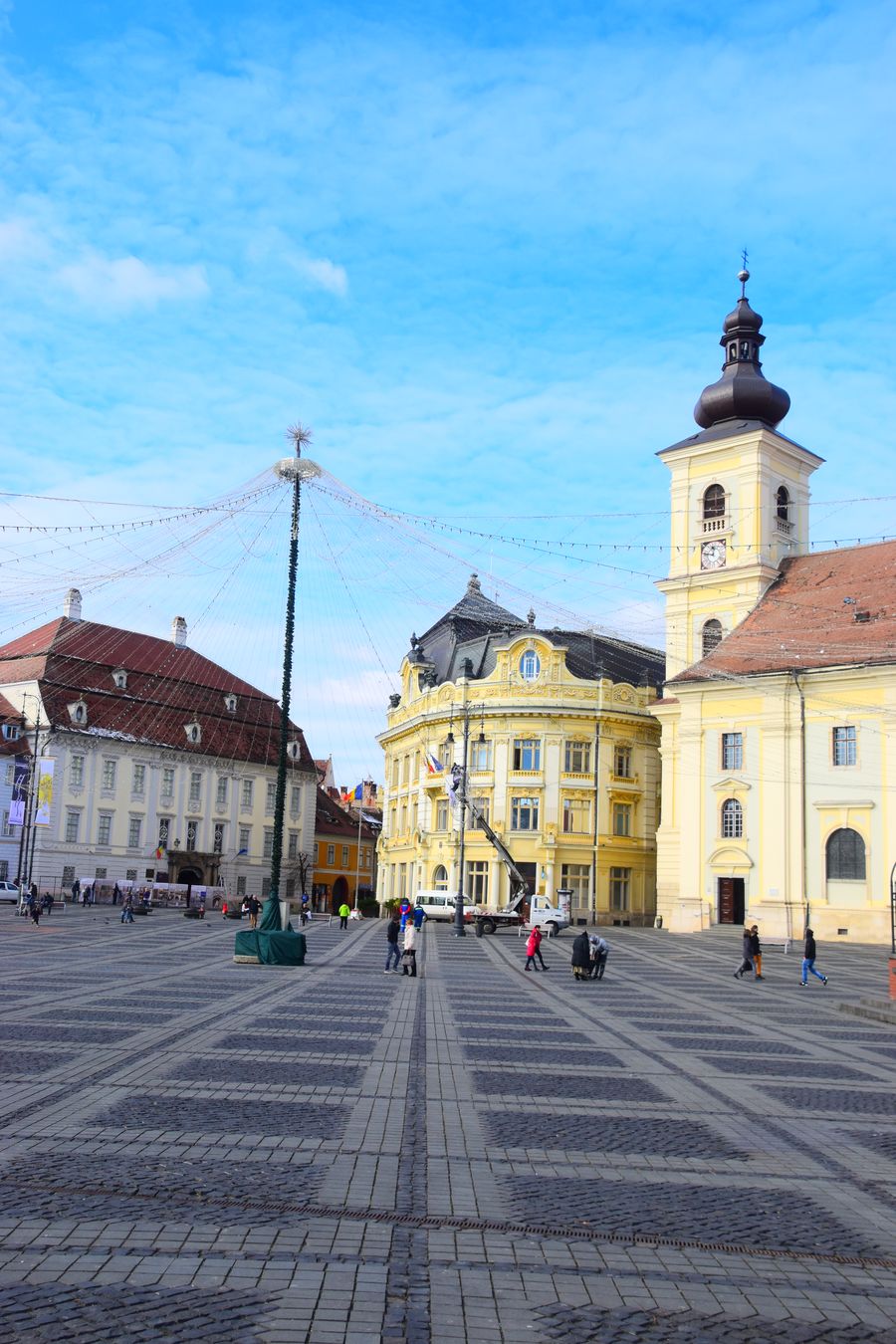
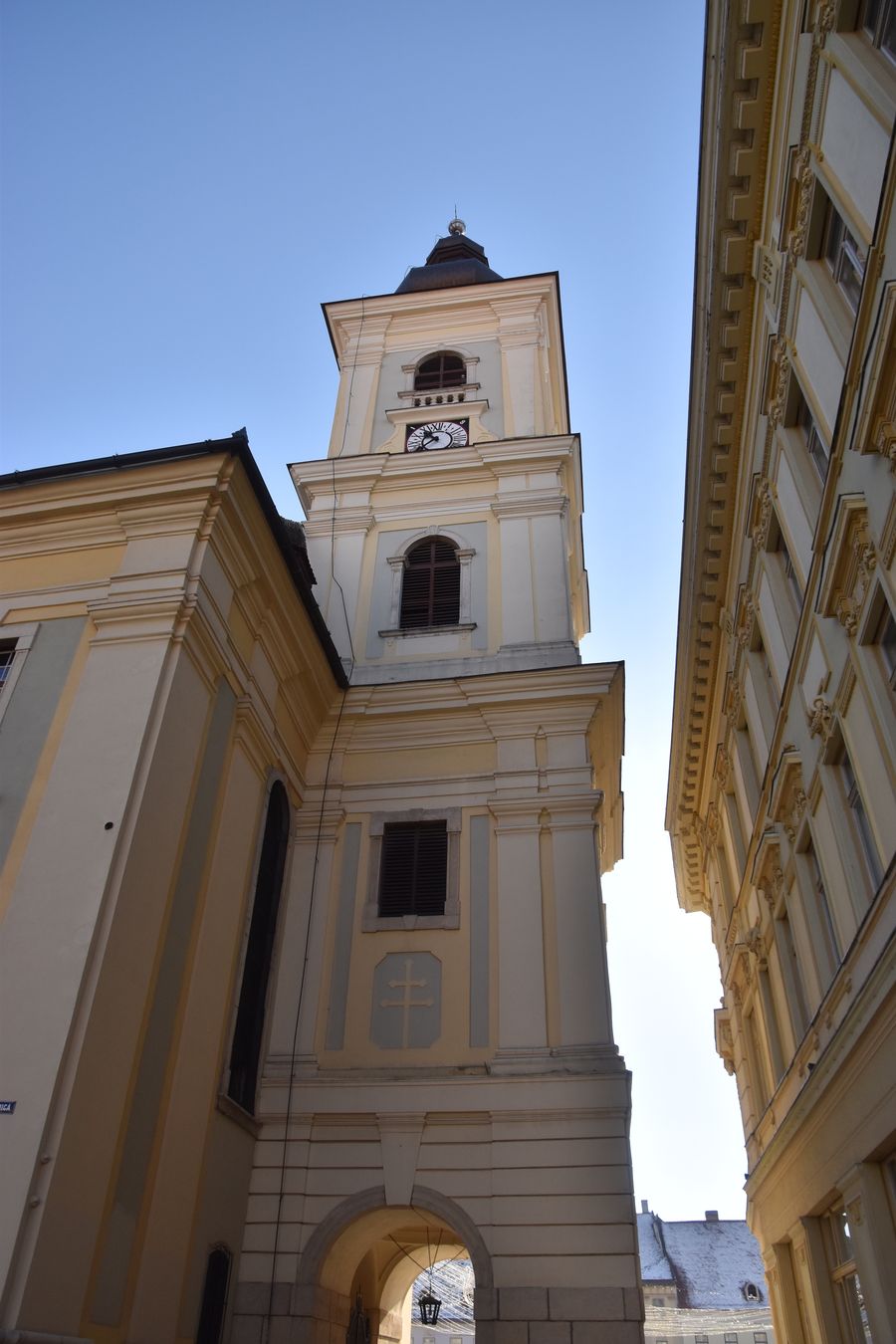
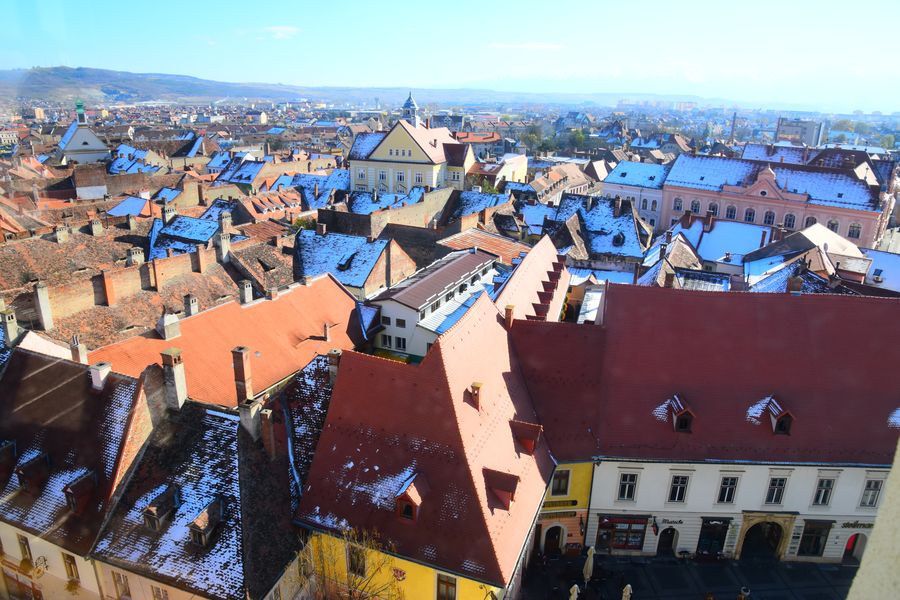
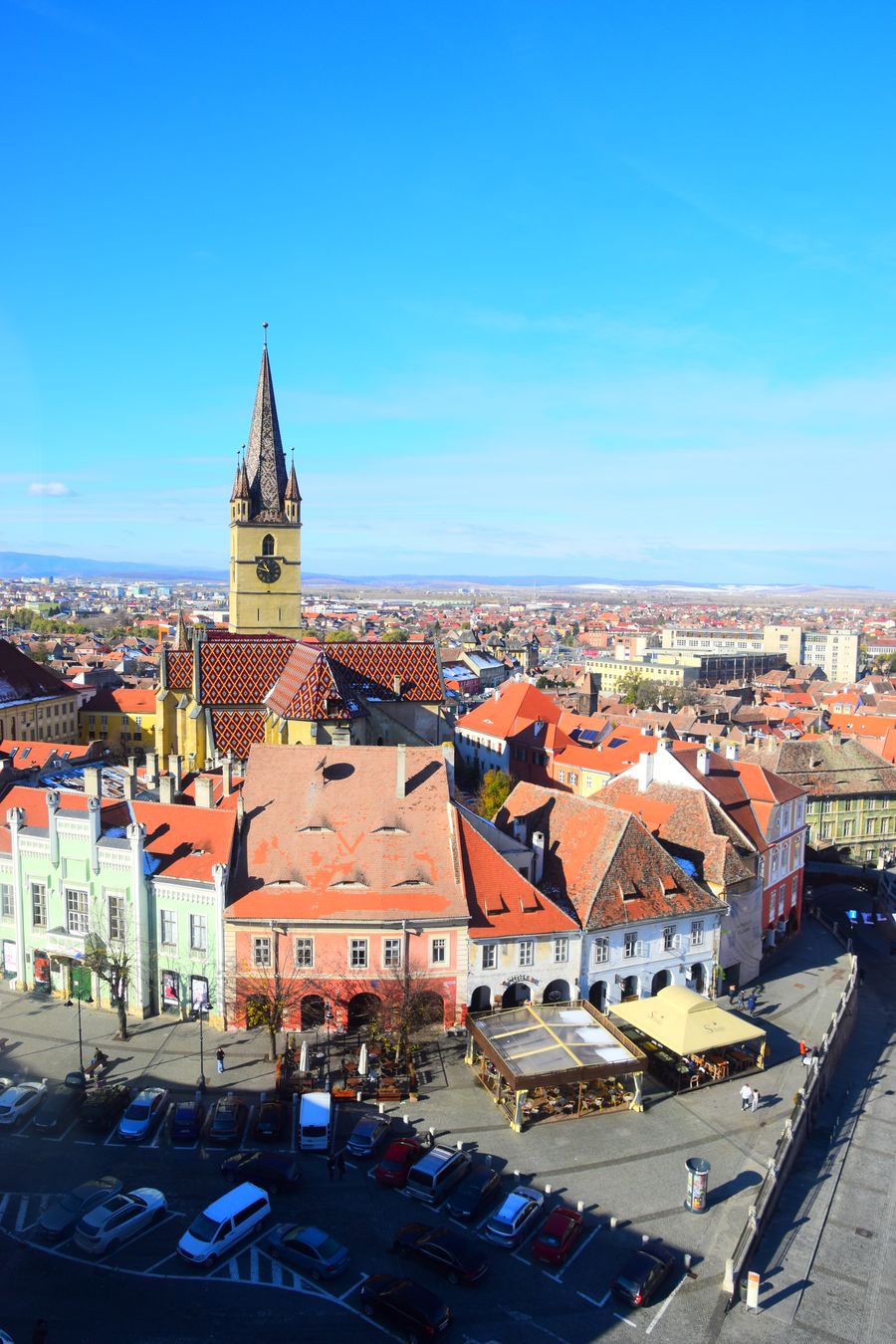
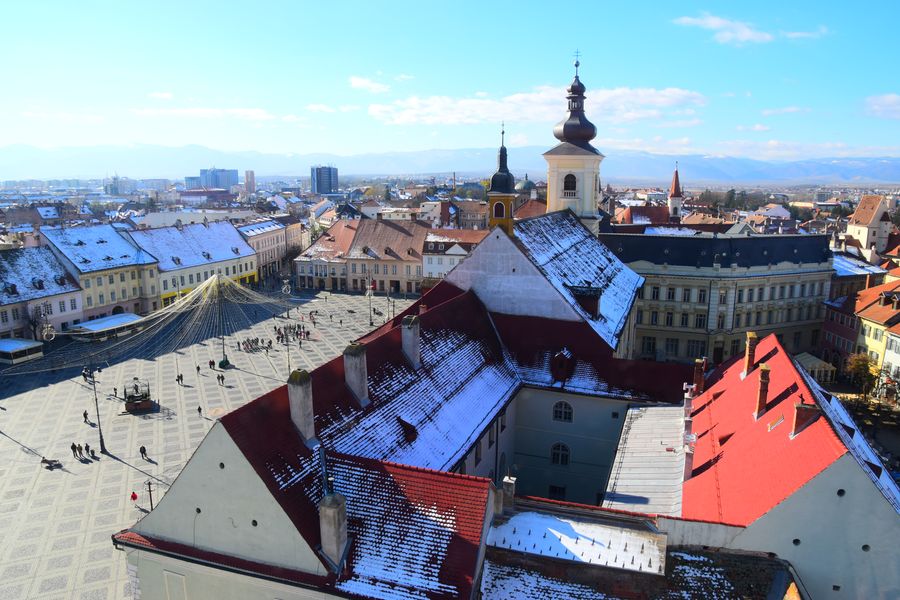
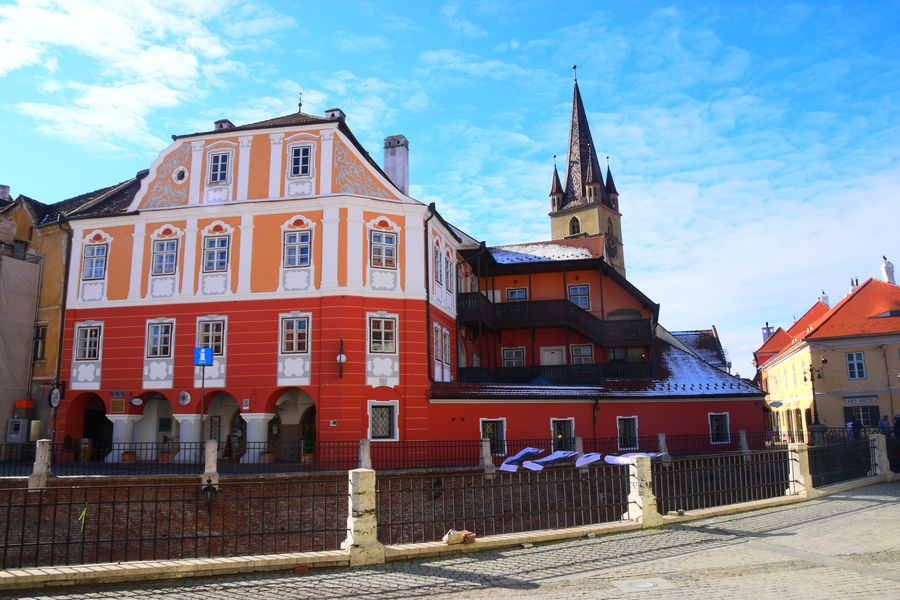
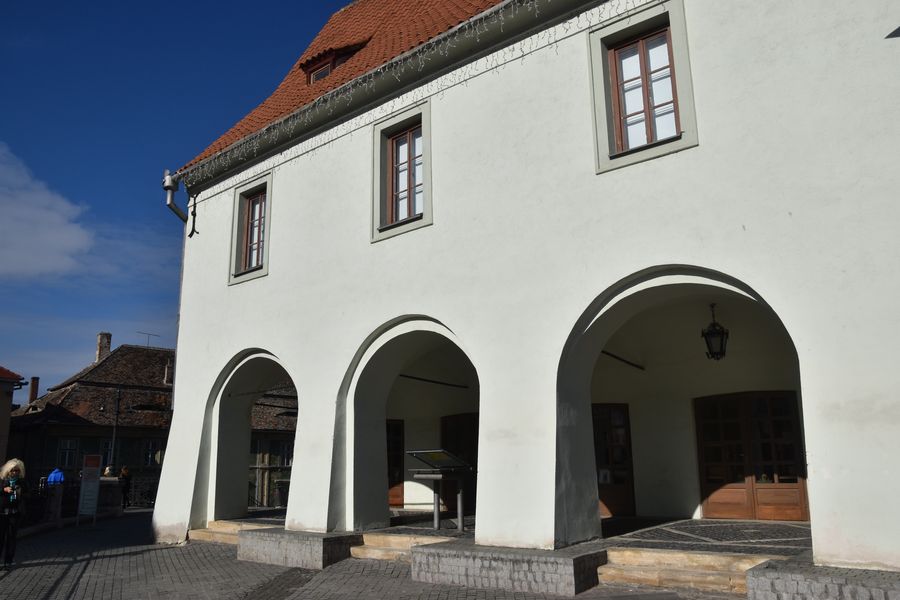

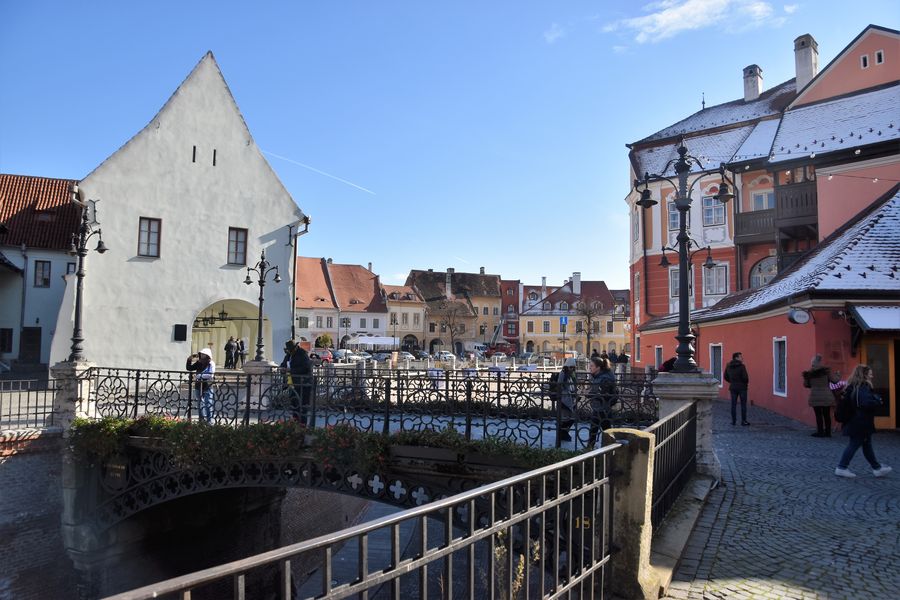
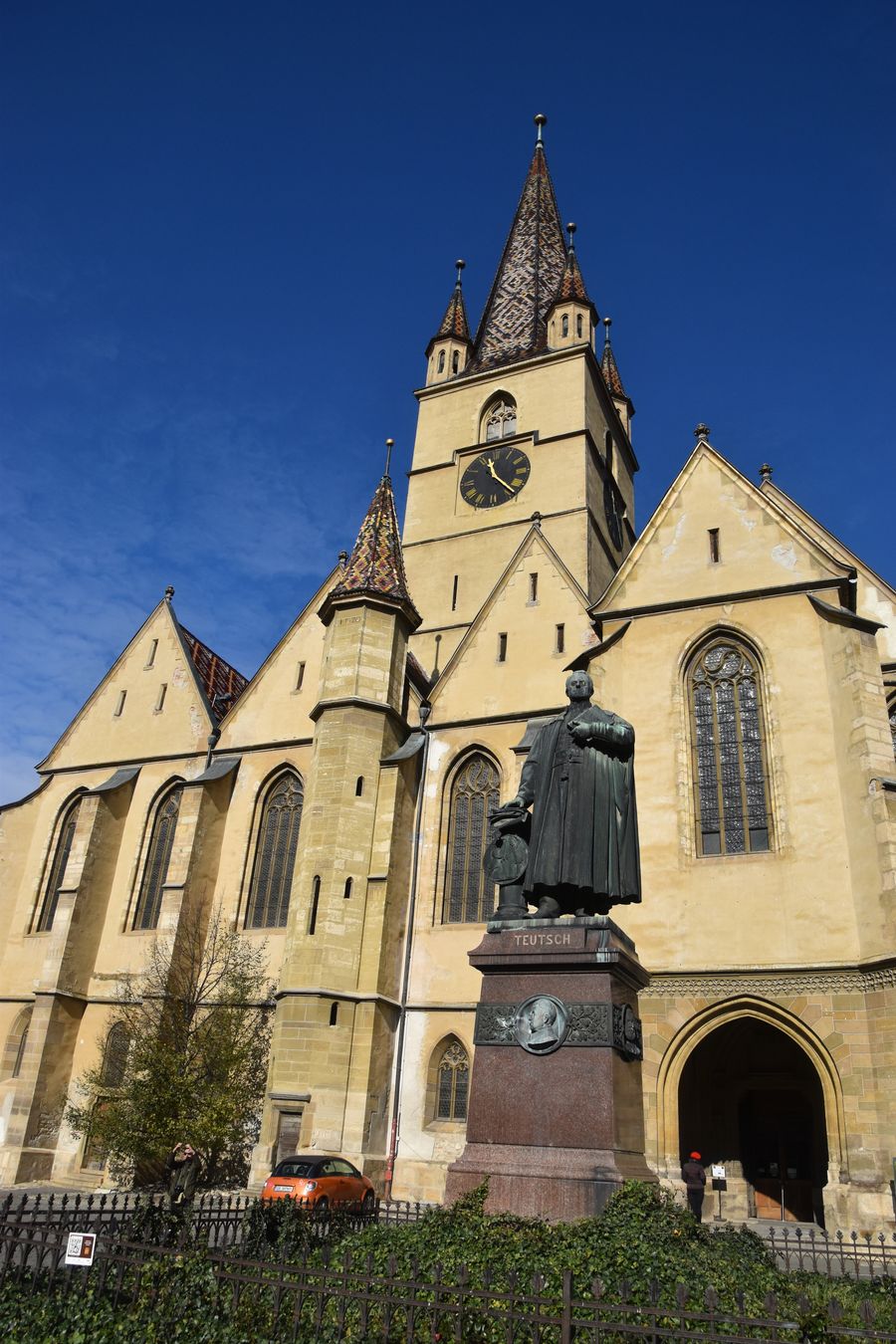
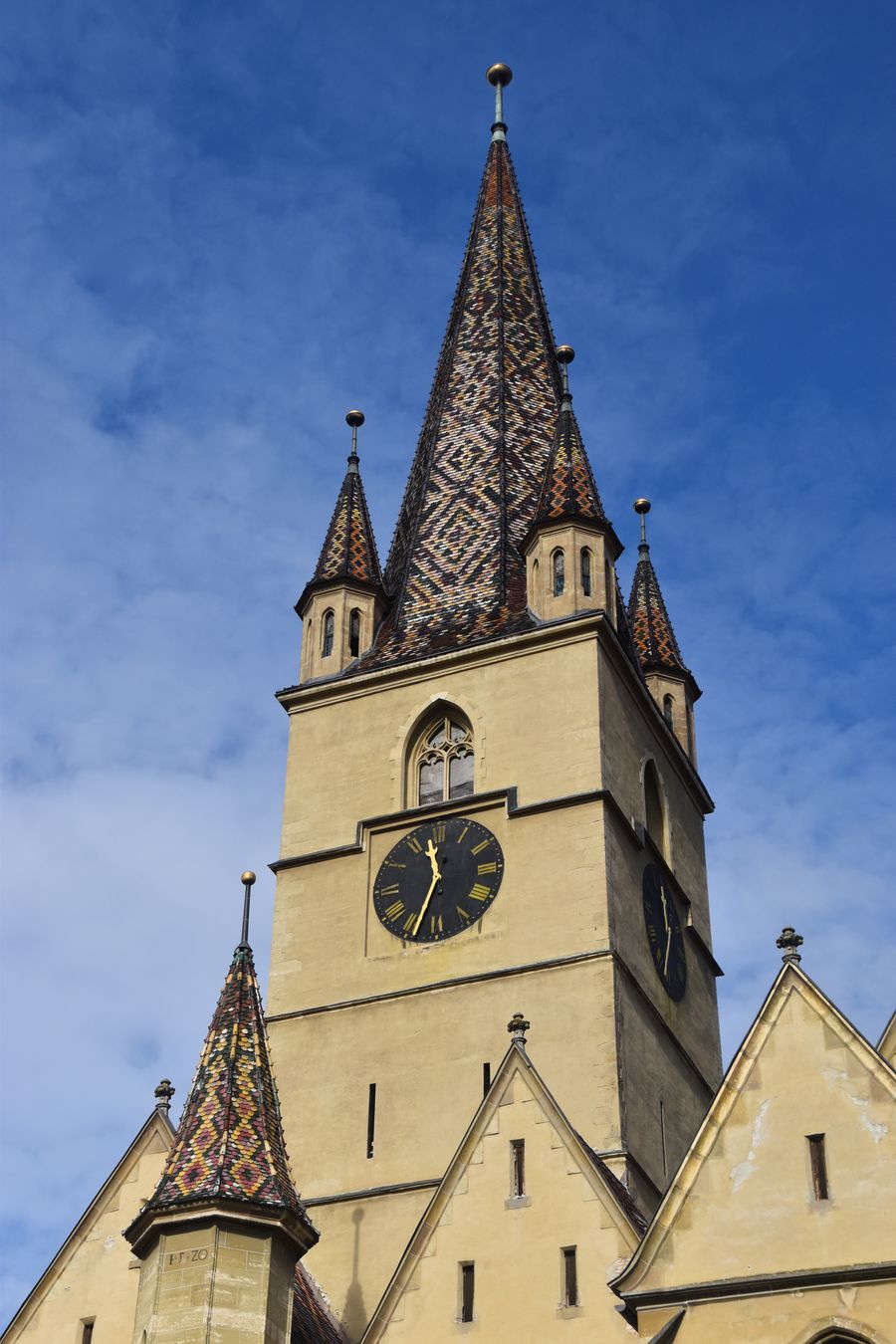
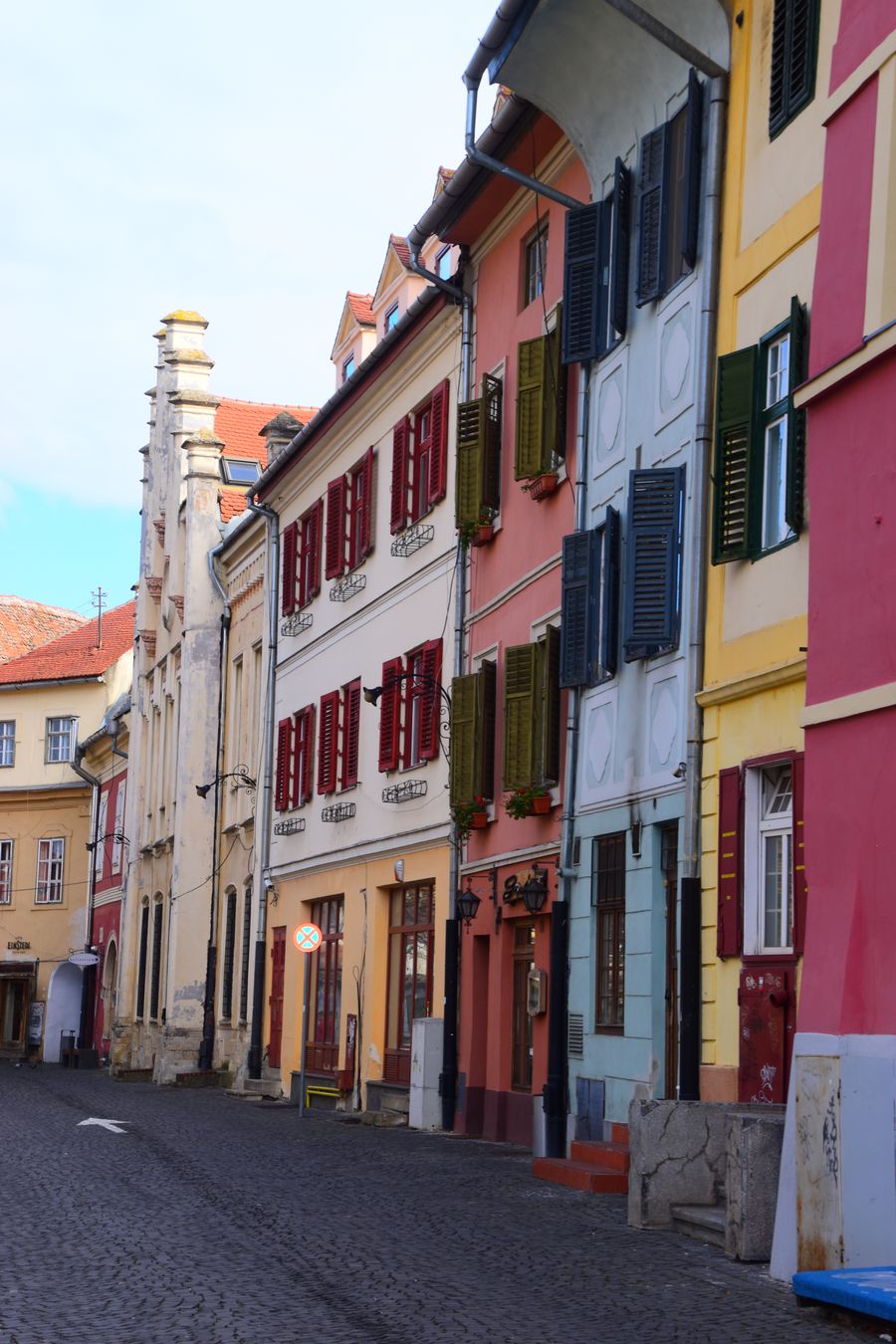


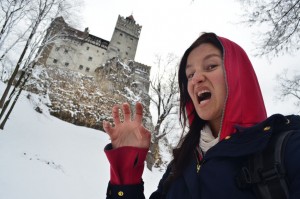

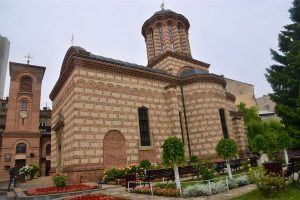
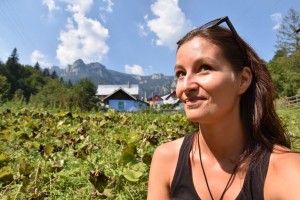
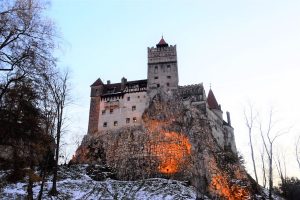
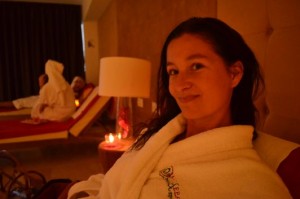
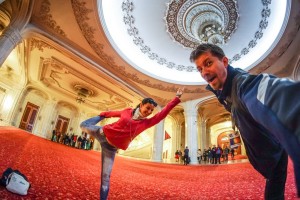

Federico Pugliese
| #
After reading this article I really want to visit Romania :)
Crazy Sexy Fun Traveler
| #
You so should! Romania is an amazing country with a lot to offer to everyone :)
Luminita
| #
The story of the ‘eyes’ from the roofs of many buildings in Sibiu is considered a local trademark, because they can’t be found anywhere else, just in the city and in the surrounding area. It is believed that they were created by the same architect sometimes during the 19th century, for ventilation purposes because many houses had attics used as storage rooms for everything from objects to food provisions.
Crazy Sexy Fun Traveler
| #
Thanks Luminita for the explanation :) I’d heard about the reason why the ”eyes” were built :)